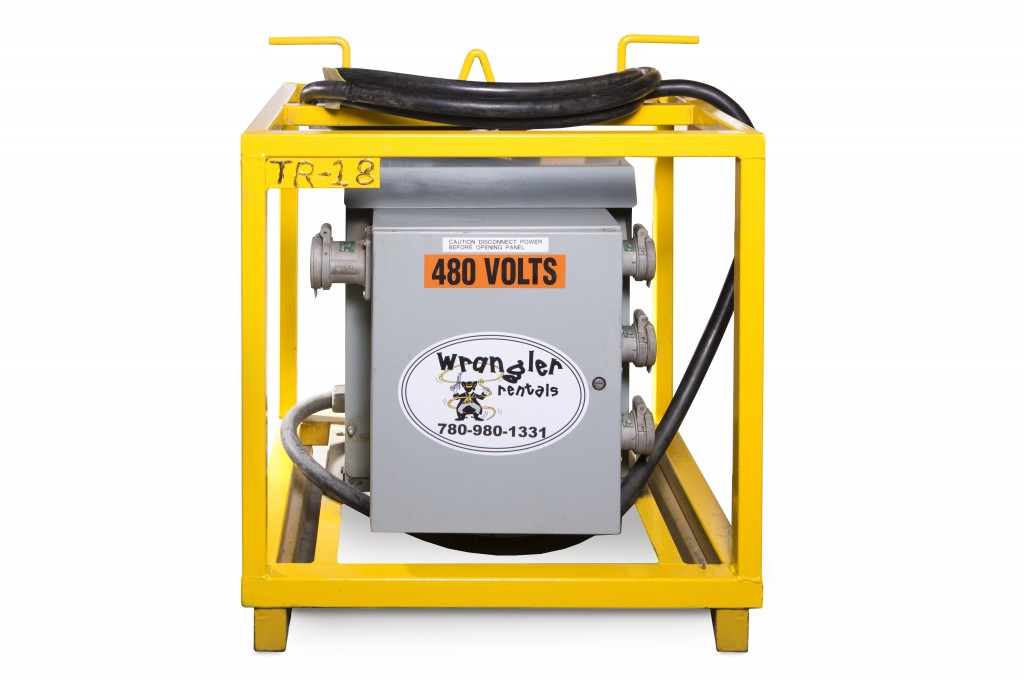Everything you should know about Superior Rentals reviews: what clients say
Everything About Oil Field Equipment and Pipeline Equipment: Key Insights and Necessary Details
Oil field equipment and pipeline systems play a critical duty in the oil and gas industry. They are important for the reliable removal and transportation of hydrocarbons. Trick components, such as drilling rigs and storage space tanks, straight impact operational success. Developments in technology promise to improve safety and security and efficiency. Comprehending these components is important for any person associated with or thinking about this complex sector, as it establishes the phase for deeper exploration of market techniques.

Overview of Oil Field Equipment
As the need for oil remains to grow, comprehending the devices utilized in oil fields ends up being progressively important. Oil field equipment incorporates a variety of machinery and tools essential for expedition, extraction, and handling. Key elements consist of drilling rigs, which are vital for reaching oil reservoirs, and manufacturing tools, such as separators and pumps, that promote the extraction procedure. Superior Rentals fusion machines. Furthermore, tank play a substantial role in holding unrefined oil prior to transportation. Safety and security devices, consisting of blowout preventers and pressure determines, assures operational safety and security and efficiency. Each item of tools functions cohesively to maximize manufacturing and preserve efficient workflow. Familiarity with this tools is essential for specialists in the industry to assure effective operations and adherence to safety and security standards
Sorts Of Drilling Rigs and Their Applications
Drilling rigs act as the foundation of oil extraction procedures, with numerous types developed for certain geological problems and operational needs. The most usual types consist of rotary exploration rigs, which use a turning drill little bit to permeate the planet, and cord device rigs, understood for their percussion boring approach. For offshore procedures, jack-up rigs and semi-submersible rigs give security and support in marine atmospheres. In addition, directional boring rigs allow operators to drill at angles, getting to down payments that are not up and down available. Each gear type has distinct advantages, optimizing performance and safety based on the boring atmosphere. Choosing the proper rig is crucial for maximizing resource removal while decreasing ecological impact and operational expenses.

Vital Pipeline Equipment and Their Features
Pipeline infrastructure is crucial for the transport of oil and gas from removal sites to refining centers and end-users. Different essential equipment components facilitate this procedure. Pipes themselves work as the primary avenues, made to hold up against high pressure and corrosive materials. Pump stations are crucial for keeping circulation by enhancing stress along the pipeline. Shutoffs play an essential function in controlling circulation and separating sections for maintenance. In addition, fittings and adapters guarantee safe joints between pipeline areas. Keeping track of systems, including flow meters and pressure sensors, are vital for detecting leaks and maximizing flow rates. Finally, pigging equipment is employed for upkeep and cleaning, protecting pipeline integrity and effectiveness. Together, these components create the backbone of a dependable pipeline system.
Innovations and Technologies in Oil and Gas Equipment

Security and Upkeep Practices in the Oil Market
While the oil industry has made significant strides in modern technology and efficiency, the value of robust security and maintenance techniques can not be overstated. Efficient safety and security protocols are vital to protect employees and the setting, lessening the danger of accidents and spills. Normal assessments and maintenance of devices aid identify potential issues before they intensify, making certain functional integrity. Educating programs for staff members are crucial, highlighting the importance of safety and security recognition and emergency feedback treatments. Additionally, adherence to market regulations and requirements cultivates a society of safety and security. Implementing sophisticated tracking technologies can even more boost upkeep techniques, enabling for real-time analyses of tools problems. Eventually, focusing on safety and security and maintenance is indispensable to the sustainability and success of the oil market.
Regularly Asked Concerns
What Are the Ecological Impacts of Oil Field Equipment?
The ecological effects of oil field equipment include environment destruction, water contamination, and air contamination (Superior Rentals midland). Furthermore, equipment malfunction can lead to spills, detrimentally affecting wild animals and environments, highlighting the requirement for stringent policies and monitoring
How Is Oil Field Equipment Transferred to Remote Locations?
Transporting oil field equipment to remote areas typically entails specific cars, helicopters, or barges. Logistics companies coordinate courses, making certain devices gets here safely and successfully, thinking about terrain and availability to minimize hold-ups and make best use of efficiency.
What Governing Criteria Govern Oil Field Equipment?
Governing criteria governing oil field equipment largely include safety and security, environmental management, and functional effectiveness standards. Agencies such as OSHA and EPA implement these regulations to ensure secure practices and reduce environmental effect in oil removal procedures.
What Abilities Are Needed to Run Oil Area Equipment?

How Do Oil Prices Impact Equipment Need and Usage?
Oil rates substantially influence tools demand and usage. Higher prices typically cause increased expedition and manufacturing tasks, driving demand for machinery. Alternatively, lower costs may lead to decreased operations and decreased requirement for devices.